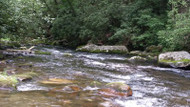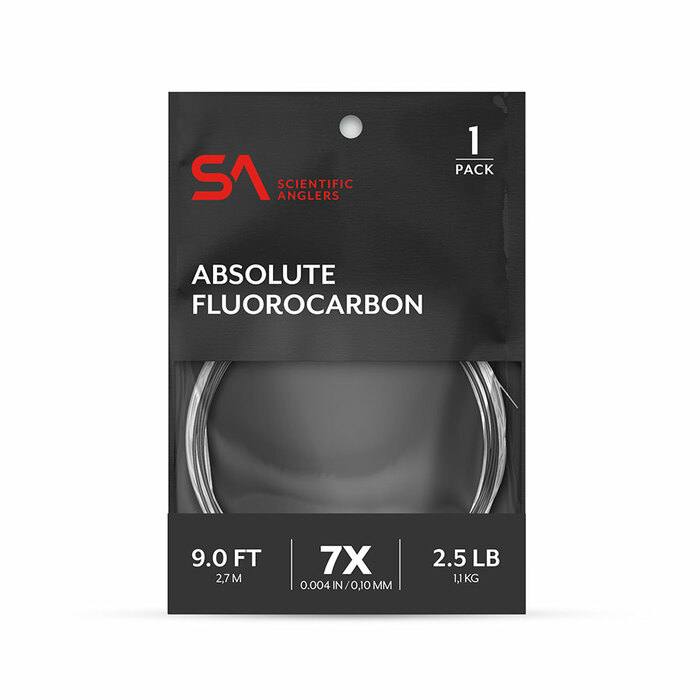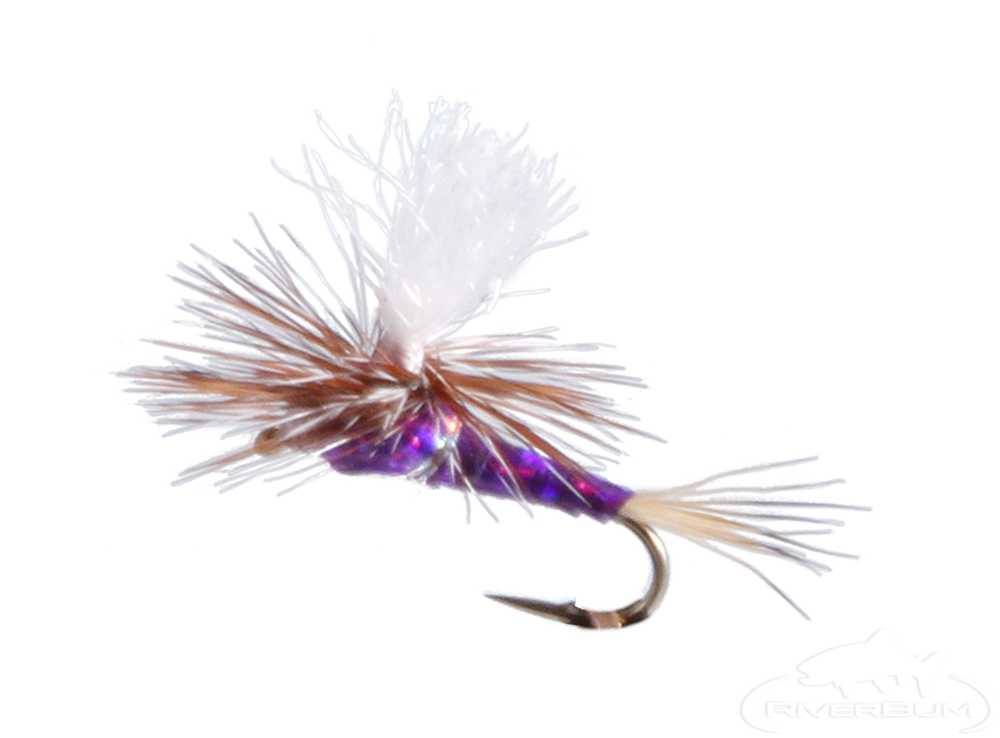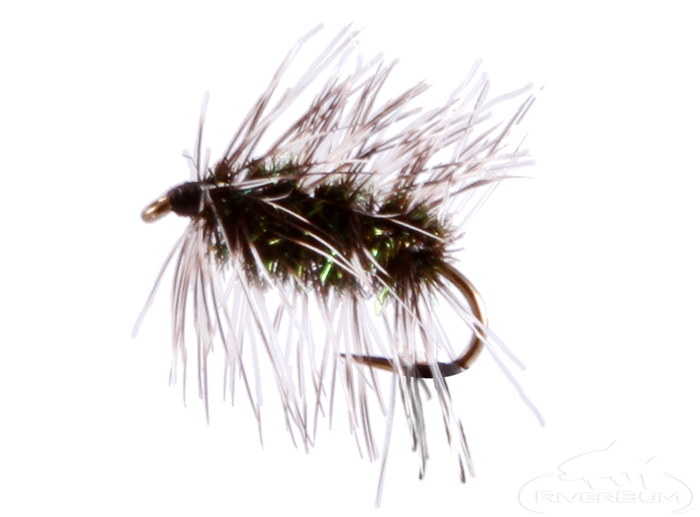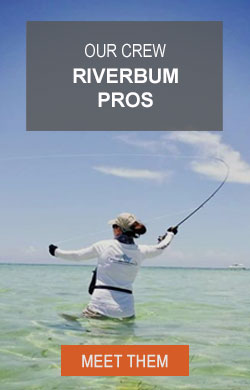3 Critical Tips for a Drag-Free Drift
If you want to catch more fish on a fly rod, it is essential that you learn how to create a drag-free drift.
So what is drag anyway?
Drag is when your fly is pulled unnaturally through a current. In most cases, drag is caused by poor line management, improper mending, and/or bad positioning on the water. In contrast, a drag-free drift is when your fly mimics the actual movement of an insect in the water, thereby improving the presentation of your fly and your odds of catching a fish.
So what, exactly, can you do to create a drag-free drift?
Here are 3 of our best tips:
1.) Mend Your Line
Mending your line is the single most important aspect when it comes to achieving drag-free drifts.
Mending is the act of using your fly rod to lift up your line on the water and reposition it on the water.
For example, if you are standing in a river and the opposite bank is at you 12 o'clock and you want to drift your fly downstream, you will be making an upstream mend flipping your fly line upriver.
Why do we do this?
The current will carry the heavier fly line faster than the fly.
Left alone, the fly line will quickly pull on the fly, causing drag. By mending and putting additional line on the water, the fly can drift longer without being pulled by the fly line drifting unnaturally.
Observe your fly in relation to things like bubbles, debris, or flies on the water. You want your fly to move at the same speed.
If it is not doing so, mend!
2.) Increase Your Tippet Length
When it comes to achieving a drag-free drift, increasing the amount of tippet you have on the surface of the water and decreasing the amount of fly line is the secret to success.
When you examine tippet it is actually the only piece of rigging material with a constant diameter, everything else is tapered.
Since your tippet has a constant diameter, if it is cast properly, the tippet will want to lay on the water in curves. The curves or "slack" in the tippet will help your fly maintain a natural drift - while the current tries to straighten out your section of tippet - and keep with the current without being pulled unnaturally.
3.) Change Your Position
How you position yourself on a river, plays a major factor in the two tips mentioned above. In some cases, your position on the water could very much eliminate the reason for the need for the two tips mentioned above.
This tip might seem pretty intuitive to many but, sometimes the most simple ideas in fly fishing are overlooked.
Before you step foot in a river, make sure you give the section of river you are wading into a good look.
By doing this you will see where the heavy currents, the soft seams, and the back pools are. Once you have identified these sections, you are better equipped to make a decision of whether or not you should cast upstream, quarter your fly downstream, or cast right across the river.
It should be noted that the ability to recognize drag is an important skill and should be something every angler pays attention to.
It may sound a little crazy but, it can be as serious as you catching fish or not.
Pay attention to how that fly is drifting. That’s it for now my fishy friends.
Tight Lines and Screaming Drags
Dave

